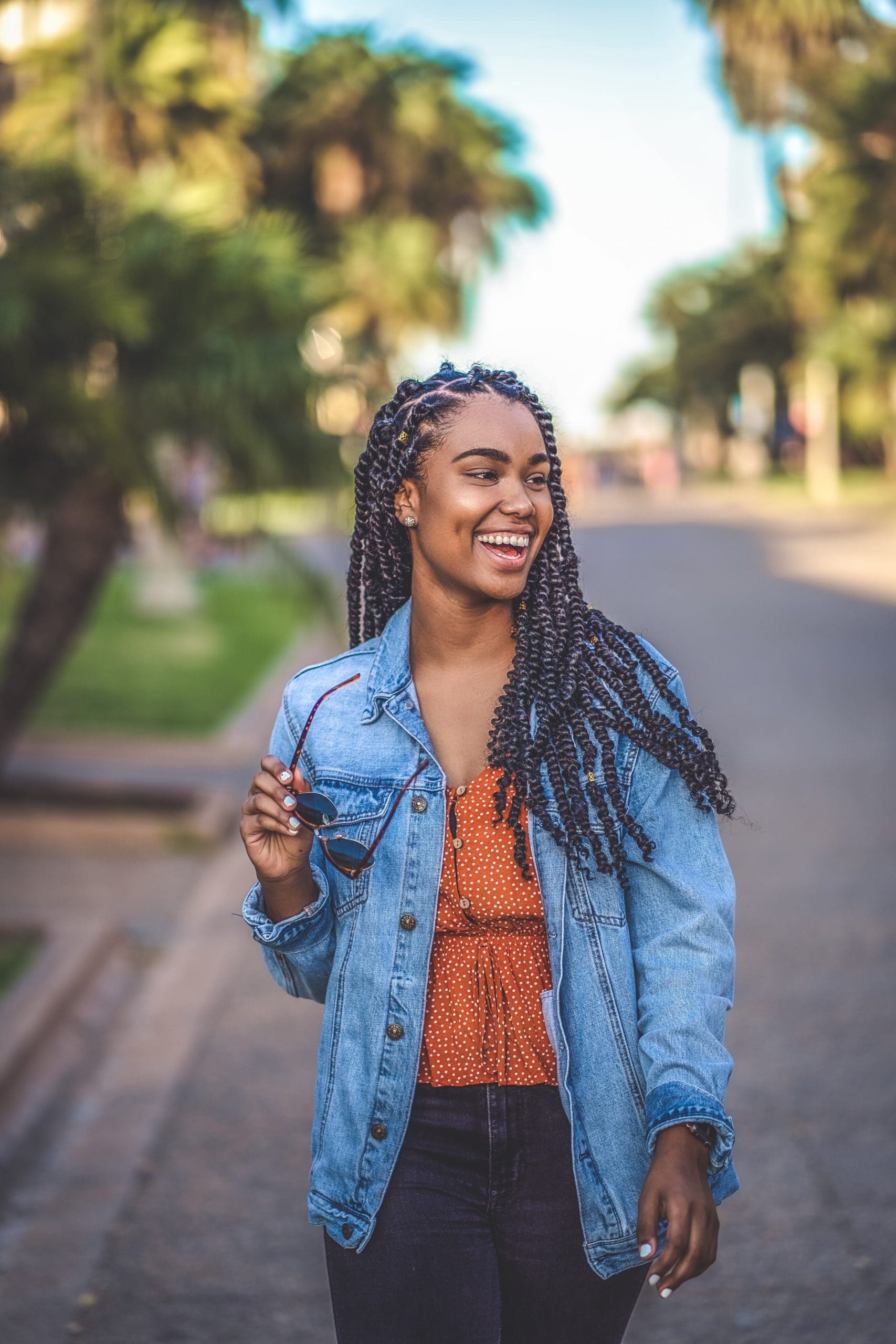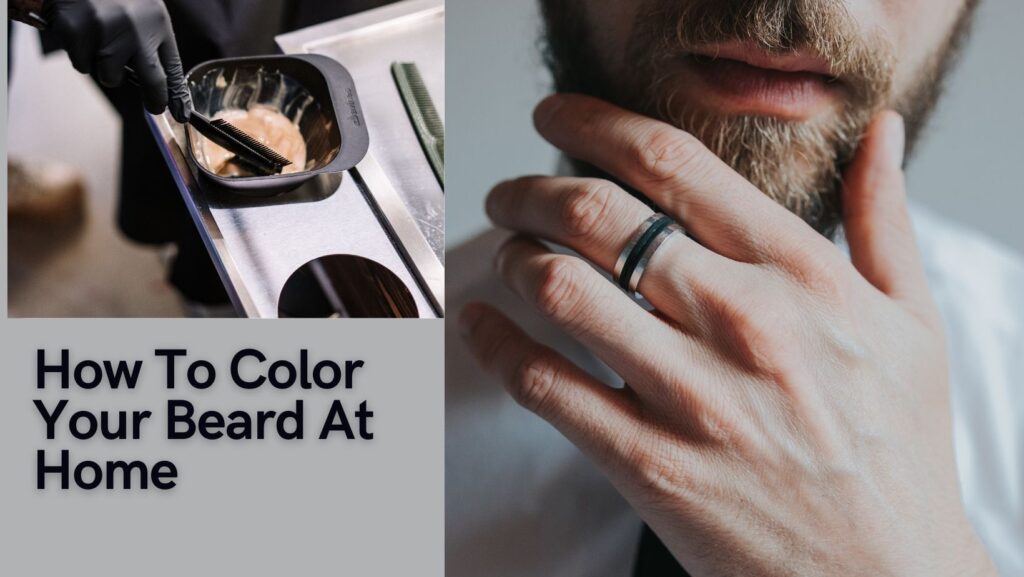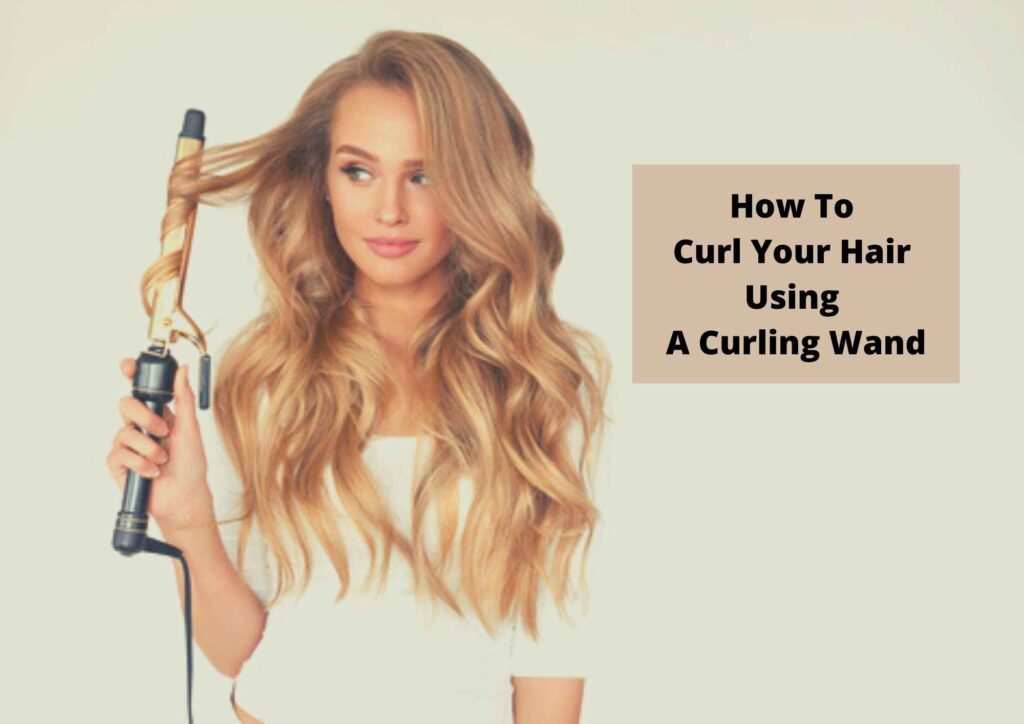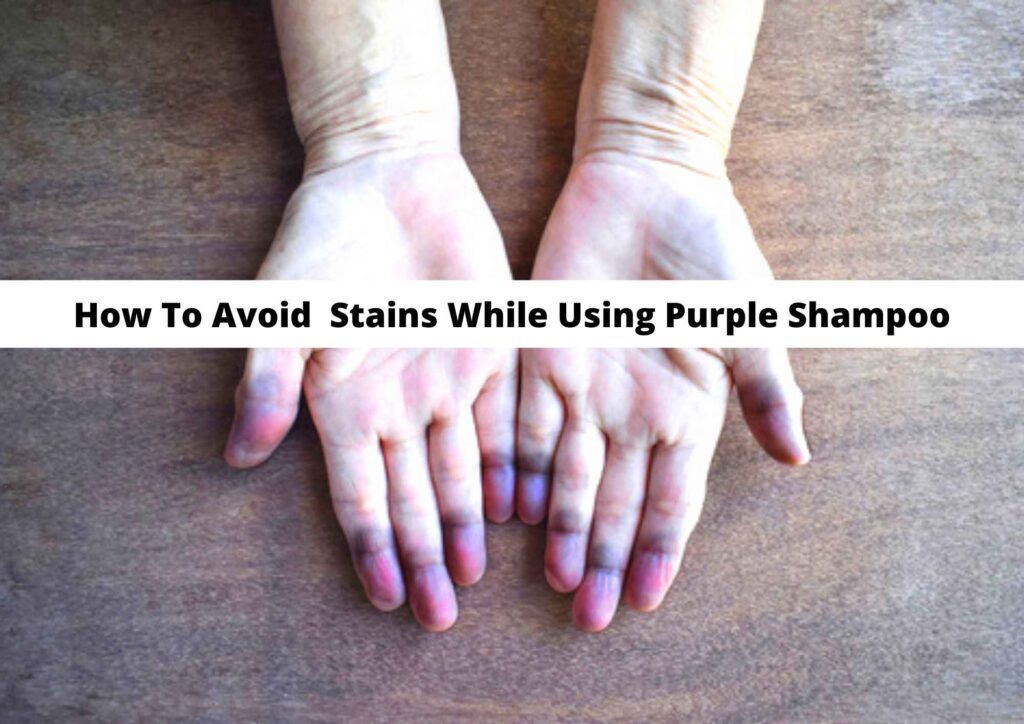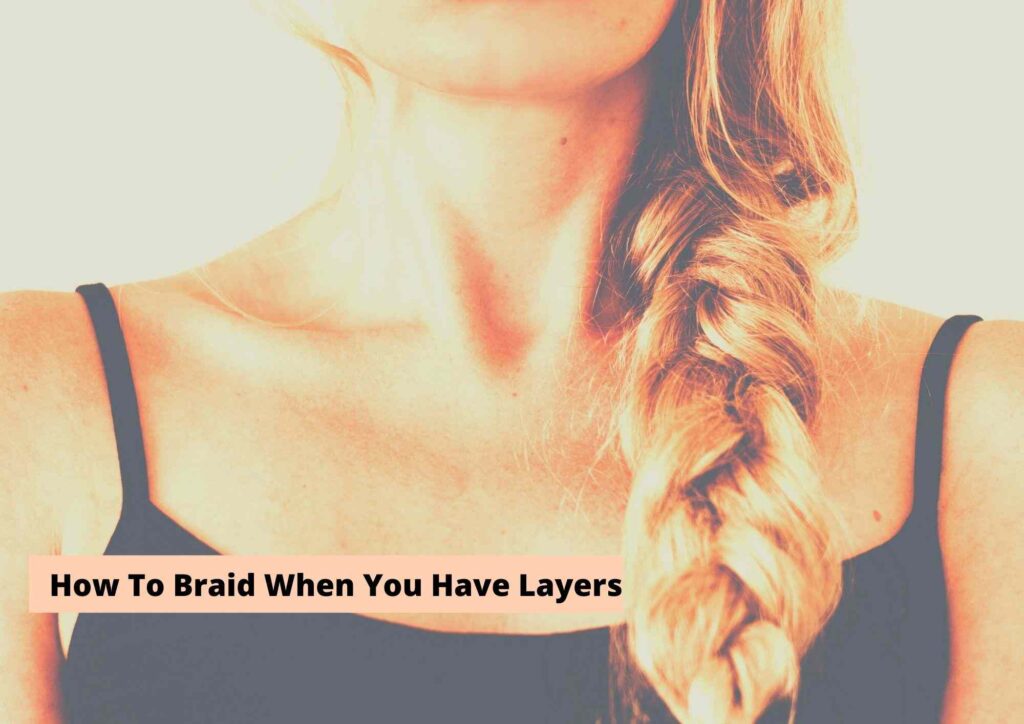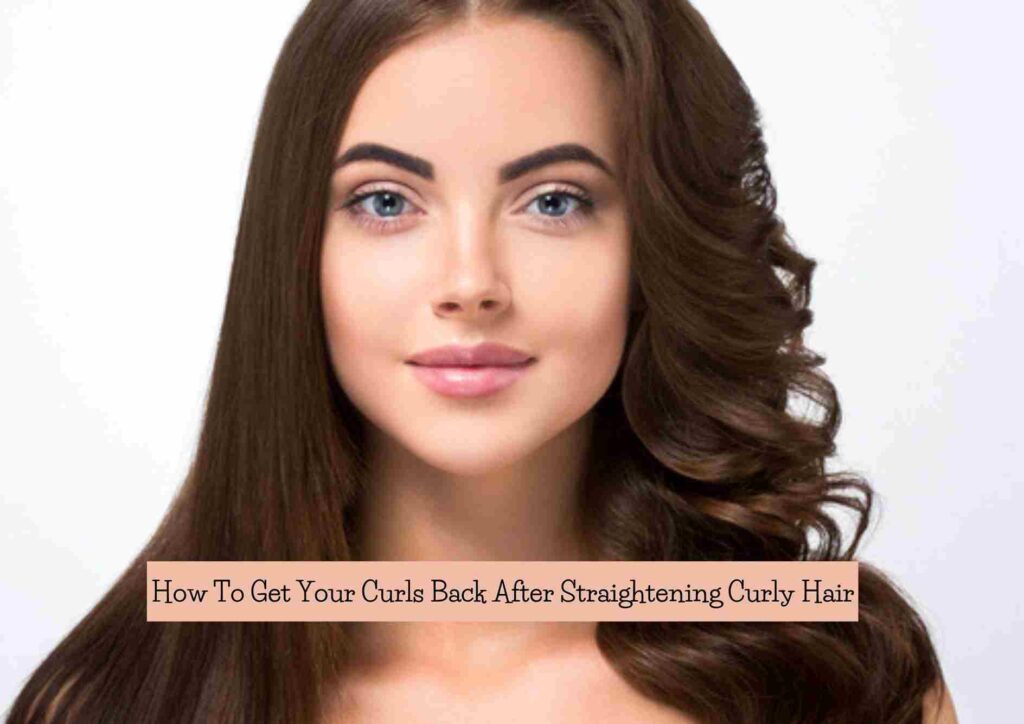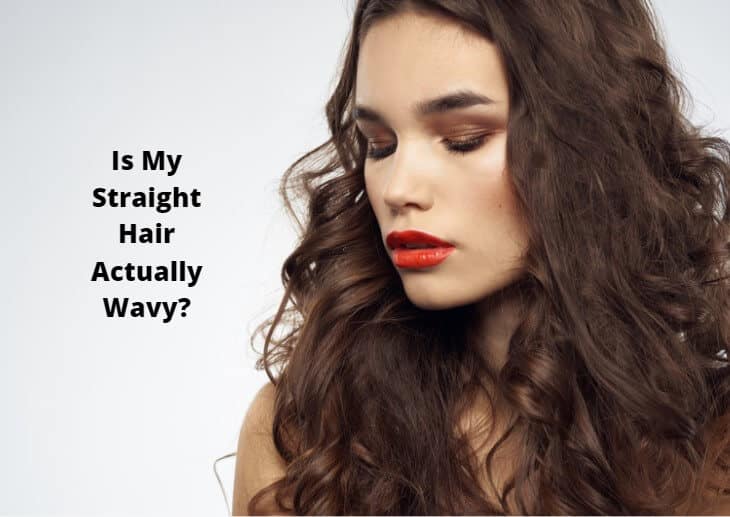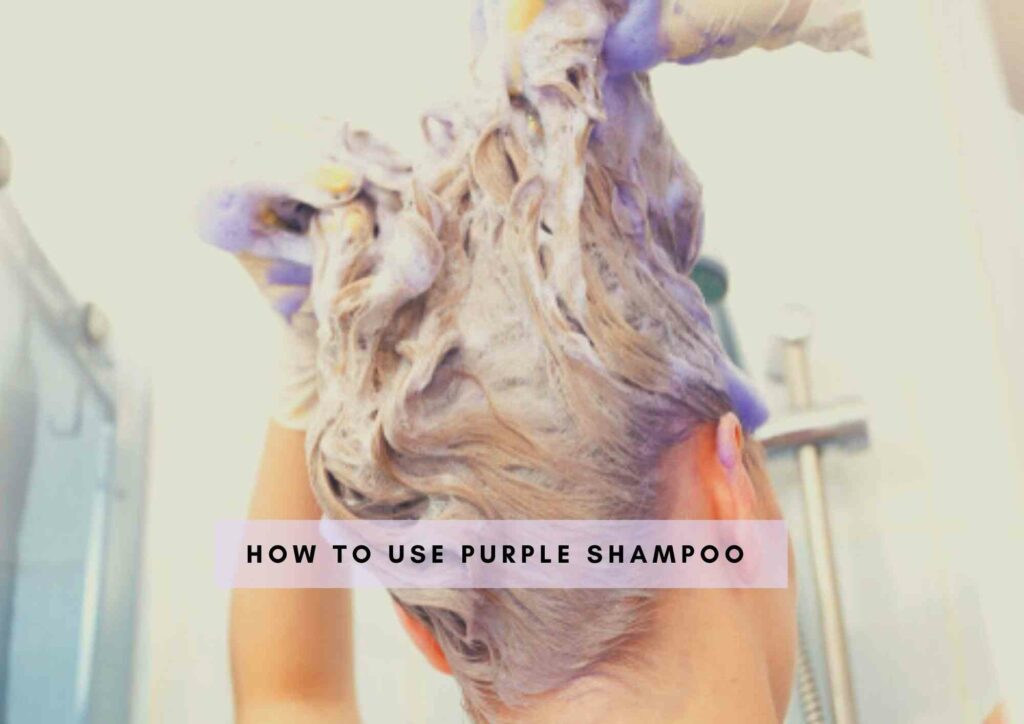Cleaning hair is a simple process? Isn’t it? But there are still so many doubts on how to wash natural hair.
I found it very difficult to wash my natural hair. No matter what, it would remain dry and get tangled up!
- Related: How To Dry Natural Hair Fast
- Related: How To Make Natural Black Hair Curly Without Chemicals
Washing your hair, especially shampooing regularly can put pressure on your tresses. Wet hair is more vulnerable to breakage as it’s less elastic at this time.
Shampoos strip away more moisture from hair, leaving them prone to damage.
This concern is all the more pronounced for type 4 natural hair as kinky, coily hair is very dry and fragile.
So it’s very important to learn how to wash natural hair in order to keep it healthy and soft.
How To Wash Natural Hair
Pre-Poo
Pre-poo Using Oil

No, it’s what you think it means! Pre-poo simply is the procedure you follow to safeguard your hair before shampooing.
When you wet your hair while showering, its follicles expand in order to allow water in. And these same hair cuticles contract once your hair shaft starts drying or losing moisture.
This constant back and forth can leave hair weaker and prone to breakage.
Shampoo doesn’t help much. Yes, it removes excess oil and dirt from the hair shaft, but it sometimes strips away too much of your curls’ natural oils.
Result? Your hair looks dry and lifeless.
So pre-pooing, that is, using a product to add a layer of moisture to your hair before showering is a good idea.
You can use pre-poo products that are available in the market. Some of them include hair masks and conditioners that you need to apply 15 mins before showering and washing off later.
If you don’t have these products at hand, coconut oil works well too.
Just apply a layer of coconut oil from the root to the tips of your hair, 30 minutes before washing your hair.
Doing so will ensure the natural oils remain intact on your hair and prevent a lot of hygral fatigue (friction on your hair caused by showering).
You can also use carrier oils like argan oil, Jamaican castor oil, or olive oil instead of coconut oil.
Eggs, mayonnaise, shea butter, and yoghurt are all popular DIY hair mask ingredients for your pre-poo!
Divide and Section Your Hair
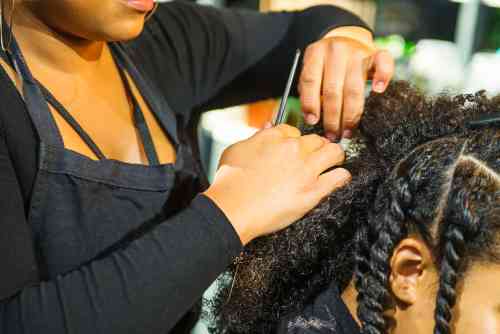
If your natural hair is very thick and long, it’s better to divide it into sections while washing it.
I suggest sectioning hair if your hair is longer than 6 inches. If you have braids or twists, remove one section of hair at a time and shampoo that part. Then, move on to the next.
If you’re wearing your hair in an Afro or without any protective hairstyle, you can divide it into four quadrants and wash each quadrant separately.
I usually use a two-twist knot to hold the other sections in place while I’m working on another.
Detangle Hair
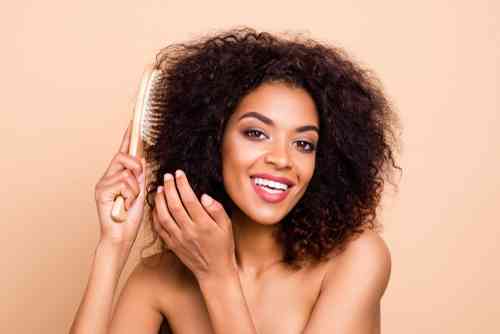
One common issue faced by natural hair is tangles. Kinky, coily hair forms knots and tangles very easily.
This is more pronounced if you’re wearing your natural hair in any sort of protective hairstyle.
To avoid this issue, use a detangling brush in the shower. A lot of experts will tell you that using a brush on wet hair is bad for your hair.
But the damage that occurs from your natural hair knotting, tangling, and breaking is way worse.
The best time to detangle your hair is while you’re washing it. Don’t wait till after shampooing or while conditioning to detangle your curls as they are more vulnerable to breakage at this point.
You can use a special detangling brush made for kinky, coily hair, or simply use a wide-toothed comb instead.
If you’ve forgotten a brush, you can gently pry apart your hair with your fingers while you shampoo.
Stylist Tip: Never pile your hair on the top of your head while washing it, like they do in shampoo commercials. This technique does not work for natural hair. It will leave your curls more tangled and unmanageable. Instead, work the shampoo down from your scalp to your roots. Rinse your hair in the same manner.
Shampoo
Wash With a Sulfate-Free Shampoo
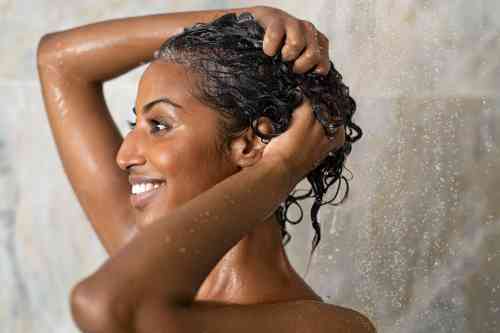
Not washing your hair or the “no-poo” movement has been gaining momentum in the last years in the natural hair community.
But I still swear by a good cleansing shampoo!
People with natural hair often use products like leave-in conditioners, creams, pomades, styling gels, and hairsprays to tame their coarse hair.
This can cause a lot of product build-up on your scalp and tresses. If the products you use are sticky, they can cause dirt and dust to stick too.
So using a mild, clarifying shampoo to wash away all this dirt and debris from your hair is necessary.
You just need to be careful to use a sulfate-free shampoo. Check the ingredients label for Sodium Lauryl Sulfate and Sodium Laureth Sulfate.
These are two very harsh surfactants that are commonly used in regular shampoos.
Try shampoos with clarifying ingredients like tea tree oil, activated charcoal, apple cider vinegar, etc.
Also, make sure the shampoo you’re using is free of parabens and silicones. Parabens are known to disrupt your hormonal system, while silicones can cause product build-up in the long run.
Try A Co-Wash
Some natural-haired folks decide to give shampoos a complete miss and opt for rinsing hair lightly with conditioner instead.
This is called co-washing and is very effective at keeping your hair’s moisture intact.
If your hair is only slightly greasy or dirty, co-washing it will help ensure it retains its natural oils.
Co-washing is great for type 4b and 4c hair which is very dry, coarse, and curly. If you have straighter or finer hair textures, like type 3 or 4a, a shampoo might be necessary to get rid of excess sebum.
I also recommend co-washing for color-treated hair. If you wash your hair frequently with a shampoo, it can strip hair dye from your curls. Yes, even a mild, color-protect shampoo!
So co-washing helps prolong your hair color a bit longer.
Even if you’re co-washing, I strongly suggest using a clarifying shampoo once in a while to get rid of product build-up and dirt.
Related: What Is Co-Washing
Conditioning
Use A Basic Conditioner
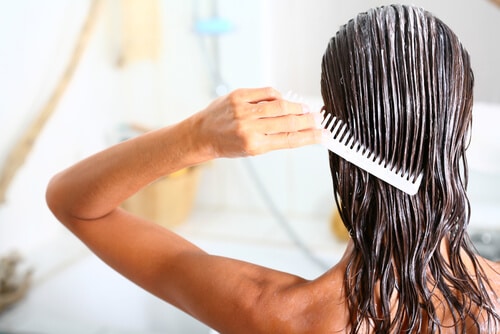
After shampooing, you can use your regular conditioner as usual. I like to pick out products that do not contain any silicones.
Silicones seal the hair cuticle, making your curls instantly shiny and smooth. But silicone builds up over time, and can clog hair follicles.
I prefer nourishing ingredients like shea butter, argan oil, cocoa butter, sweet almond oil, etc. instead.
You can apply this rinse-off conditioner as usual from the middle of your head to the tips.
A lot of people use a detangling brush at this stage as well to tame hair and spread the product evenly through your tresses.
You can even wear your shower cap on after applying the conditioner and leave it on for 10 minutes. This allows your body heat to open the hair cuticle and allow the product to permeate inside the hair shaft.
Always rinse your hair with cool water to seal hair cuticles and moisture inside.
Deep Condition Your Hair
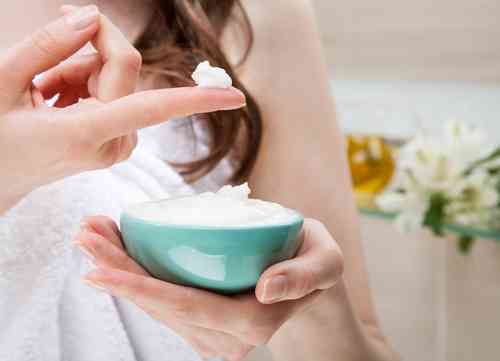
A deep conditioning treatment is different from your regular conditioners. These products are designed to be used monthly or every 15 days.
These include hair masks, creams, serums, and more. You’ll see that egg whites, lemon juice, keratin protein, shea butter, etc. are common ingredients found in deep conditioners.
The main job of a deep conditioner is to penetrate into your hair shaft, repair any damage and smoothen hair cuticles.
If you have bleached hair, damaged hair, or severely dehydrated hair, using a hair mask every other week is a must.
Drying
Dry With a Microfiber Cloth or T-shirt
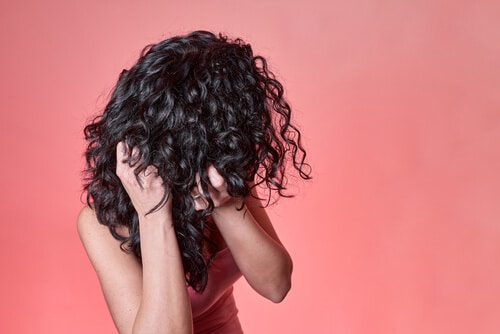
Just learning how to wash natural hair isn’t enough, you need to know how to dry it properly too.
Ditch the traditional cotton towels and use a microfiber cloth or old t-shirt instead.
Cotton towels have very long fibers that get tangled with hair, causing tugging and pulling. You won’t have that issue with a microfiber cloth.
Also, do not dry your hair using a rough, back and forth motion. Be gentle with your curls.
Start from the top of your hair and squeeze your strands with the cloth while making your way downwards. This will ensure most of the water is absorbed without causing unnecessary friction.
Air Dry

After you’ve removed most of the water from your hair, let your natural hair air dry.
You can use a leave-in conditioner or serum after drying with a t-shirt as this seals in moisture.
Air drying is considered the best option as it does not involve any heat damage to your hair.
Blow Dry Using Diffuser
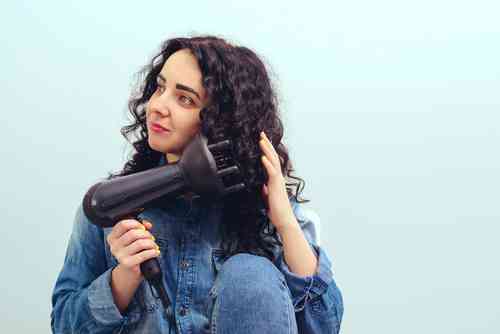
If you’re in a hurry or during those cold winter months, using a blow dryer becomes inevitable.
But there are still ways to ensure the heat from the hairdryer doesn’t damage your curls.
For one, always use the lowest heat setting on your blow dryer.
Another fantastic way to ensure your natural hair’s health is to use a diffuser attachment.
How To Wash Natural Hair Without Shampoo
The best way to wash natural hair without shampoo will vary depending on the type of hair, the frequency of washing, and the climate.
But if you’re adamant on not using a shampoo or any type of cleanser, you can try using a mild soap like castile soap or coconut oil soap, rinsing thoroughly with water, and conditioning as needed.
Also there are a few ways to wash natural hair without shampoo. One popular method is to use apple cider vinegar as a shampoo.
Just mix two tablespoons of apple cider vinegar with enough water to form a thick solution and apply it to your hair as you would shampoo. Leave the vinegar solution in your hair for 5 minutes, rinse it off, and condition as usual.
Another method is to use baking soda as a shampoo. Mix one tablespoon of baking soda with enough water to form a thick solution and apply it to your hair as you would shampoo. Leave the baking soda solution in your hair for 5 minutes, rinse it off, and condition as usual.
However be careful as these so-called home remedies suit only certain hair textures. Test it out on a section of your hair first before making it regular practice.
These were some of my tips on how to wash natural hair! Curly and coily hair texture requires more love, care and attention from us.
Type 4 hair types are very vulnerable to dryness, damage, and breakage. So learning how to wash your curly hair the right way is essential.
Along with washing your natural hair the right way, you also need to use the right products, specifically designed for these hair types.
With some attention, I’m sure your curly, natural hair will look strong, soft, and healthy in no time!
Also Read:
Can I Use Henna For Natural Hair
How to braid curly hair for beginners
How To Seal In Moisture In Natural Hair
To Summarize


